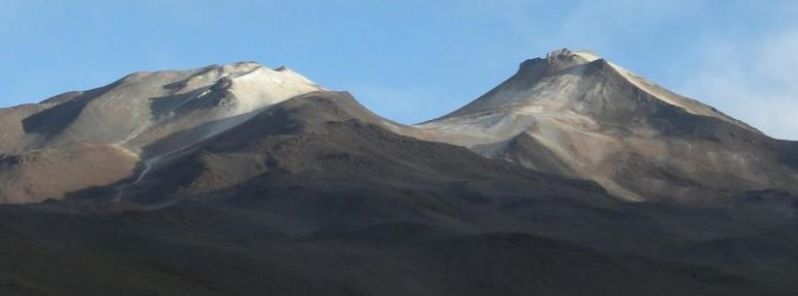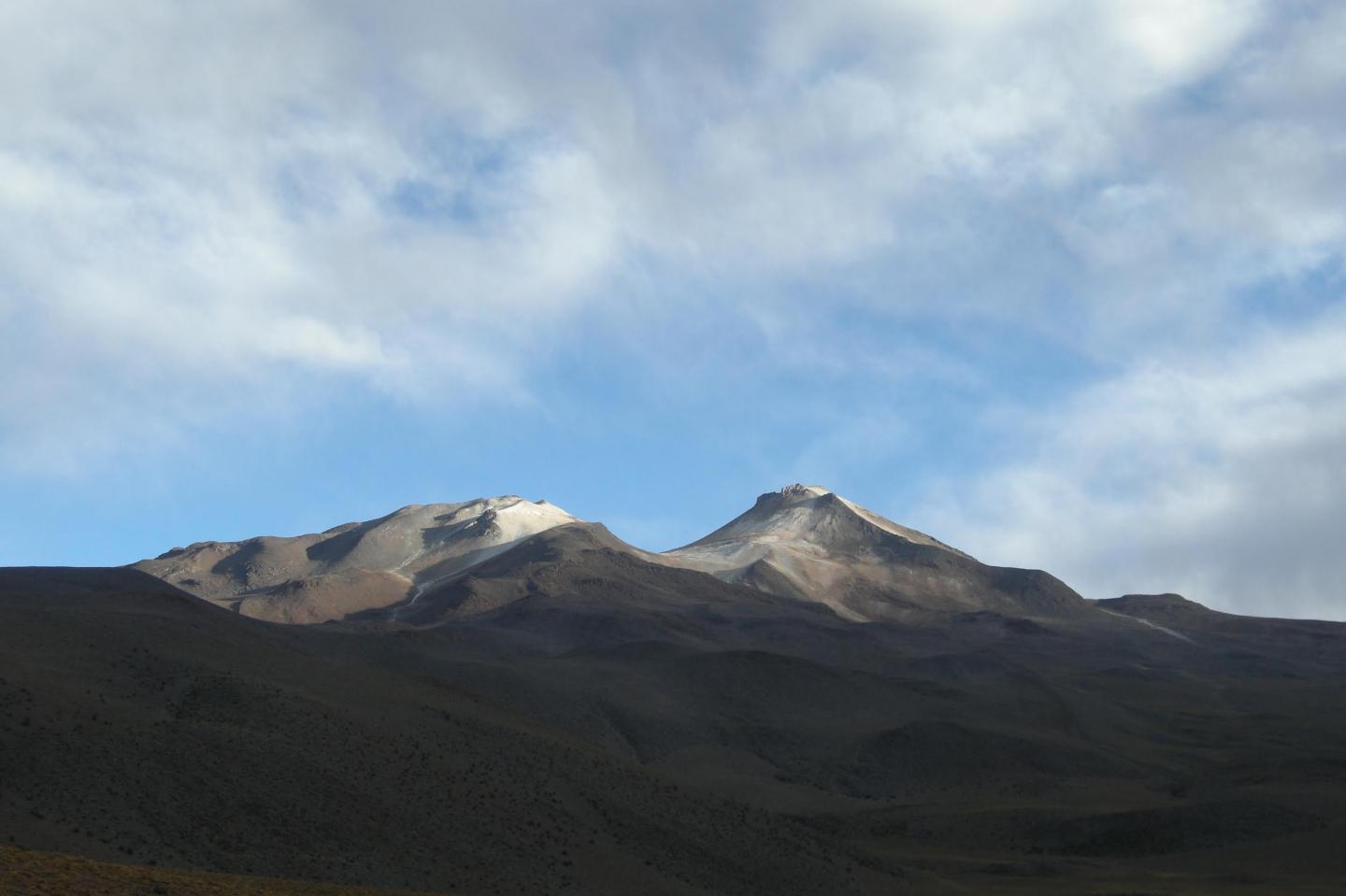Huge magmatic lake lurking under dormant Bolivian volcano

An international team of scientists discovered a massive magmatic lake, lying 15 km (9.32 miles) below the Cerro Uturuncu dormant volcano in Bolivia.
According to Jon Blundy, a professor from the School of Earth Sciences at the University of Bristol, despite no current active volcanoes, the Bolivian Altiplano has been a site known for the extensive volcanism over the last 10 million years.
The area is underlain by a large geophysical anomaly, about 1.5 million cubic kilometers in volume, lying at depths of 15 km (9.32 miles) below the ground. The anomaly is characterized by reduced seismic wave speeds and is an area of increased electrical conductivity, which implies the presence of molten rock.
"The rock is not fully molten, but partially molten. Only about 10 to 20% of the rock is actually liquid; the rest is solid. The rock at these depths is at a temperature of about 970 °C (1 778 °F)," said Blundy.
To investigate the partially molten area, the scientists conducted high temperature and pressure experiments at the Univeristy of Orléans in France. The measurements of the electrical conductivity imply there is between 8 and 10% of water dissolved in the silicate melt.

Cerro Uturuncu volcano in the Bolivian Altiplano. Image credit: Jon Blundy, University of Bristol
The scientists concluded that such a large value agrees with estimates for the volcanic rocks of Uturuncu.
"Silicate melt can only dissolve water at high pressure; at lower pressure, this water comes out of the solution and forms bubbles. Crucially – these bubbles can drive volcanic eruptions. The eight to ten percent of water dissolved in the massive anomaly region amounts to a total mass of water equivalent to what is found in some of the giant freshwater lakes of North America," explained Prof. Blundy.
"10% by weight of dissolved water means that there is one molecule of water for every three molecules of silicate. This is an extraordinarily large fraction of water, helping to explain why these silicate liquids are so electrically conductive," added Professor Fabrice Gaillard from the University of Orléans.
According to the scientists, the large lake, dissolved into a partially molten rock at temperatures reaching 1 000 °C (1 832 °F), is equivalent to what can be found in some of the largest freshwater lakes, such as Lake Superior.
Research results may imply that similar bodies of water could be lurking under other volcanoes and could hold answers as to why and how the volcano eruptions occur. This could also aid in predicting the time of volcano eruptions.
Reference:
- "Giant magmatic water reservoirs at mid-crustal depth inferred from electrical conductivity and the growth of the continental crust" – Mickael Laumoniera, Fabrice Gaillardb, Duncan Muire, Jon Blundy, Martyn Unsworthg – Earth and Planetary Science Letters (2016) – http://dx.doi.org/10.1016/j.epsl.2016.10.023
Featured image: Cerro Uturuncu volcano in the Bolivian Altiplano. Image credit: Jon Blundy, University of Bristol

It occurs to me that they could exploit the geothermal energy there. They wouldn’t have to drill all the way down…. just far enough to find adequate temperatures to produce copious steam. I imagine that wouldn’t necessarily be very far down.. Sorry, off topic, I know.